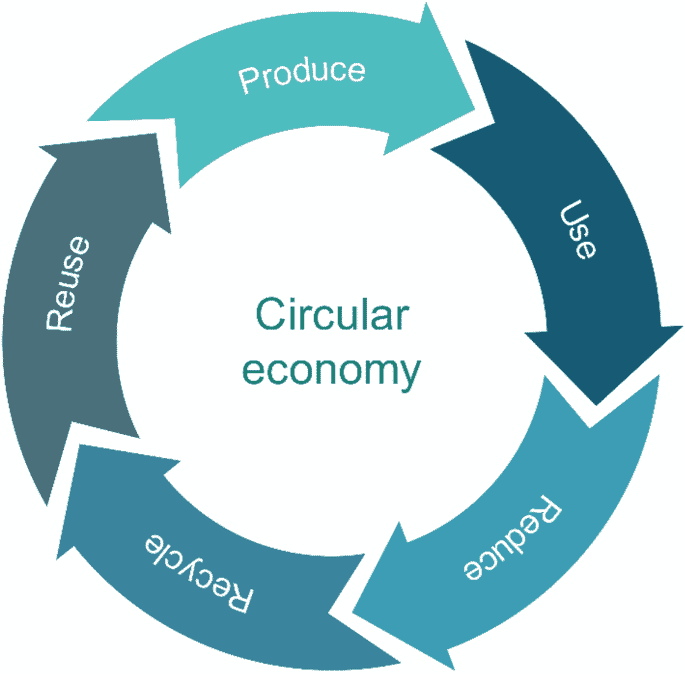
The New UK Circular Economy Strategy: Improving Material Efficiency in Construction and Beyond

Ben De La Fuente
General
The New UK Circular Economy Strategy: Improving Material Efficiency in Construction and Beyond
In March 2024, the UK’s Department for Environment, Food and Rural Affairs (Defra) announced the formation of a new Circular Economy Taskforce. Environment Secretary Steve Reed revealed that five key industries, textiles, transport, construction, agri-food, and chemicals and plastics will be the starting point for the government’s national Circular Economy Strategy.
A Sector-Specific Approach to the Circular Economy
Addressing business leaders at Dock Shed in Canada Water on 27 March, Reed outlined the government’s commitment to collaborate with these industries to develop tailored action plans aimed at improving material efficiency, reducing waste, and progressing toward net zero goals. These efforts will be supported by a Circular Economy Strategy.
The strategy builds on the work of the Circular Economy Taskforce, launched last year and led by experts in waste management, resource efficiency, and material innovation. Research identified these five sectors as offering the greatest potential for economic growth, environmental protection, and sustainable resource use.
Why Focus on Construction?
According to a 2024 report by the Ellen MacArthur Foundation, the construction industry is responsible for over 35% of Europe’s total waste, with 5.5 tonnes of materials consumed per person each year. This makes it the largest contributor to Europe’s material footprint, highlighting a critical opportunity for circular construction practices.
Bridging the Gap: Policy, Regulation, and Circular Construction
While the EU’s Circular Economy Action Plan and London Plan Policy S17 (which mandates circular economy statements for major developments) have laid the groundwork for a more circular construction model, implementation challenges remain. There’s a growing gap between policy ambition and practical execution, requiring aligned efforts from businesses, regulators, and investors.
The European Environment Agency (EEA) reports that only 11.5% of Europe’s economy operates within a truly circular framework, one where reuse, repair, and recovery are prioritised. While efficiency gains have been made, they’ve been largely offset by increased consumption and linear design practices.
Upcoming updates to the Construction Products Regulation and Green Public Procurement criteria offer a major opportunity for mainstreaming circular economy principles into the sector, extending their reach beyond conventional waste management.
Driving Change Through Digital Innovation
The Ellen MacArthur Foundation highlights the role of digital technology in material efficiency, noting that construction lags behind other industries in adopting digital tools. However, innovations such as:
- Building Information Modelling (BIM)
- AI-driven material forecasting
- Digital product passports
- Additive manufacturing (3D printing)
…are emerging as key enablers of circular construction. These technologies support better design, improved reuse strategies, and smarter resource management across the entire design-build-operate-maintain (DBOM) lifecycle.
Redefining Value: Changing Industry Mindsets on Reuse
Achieving circularity in construction isn’t just about regulation or technology—it’s about changing mindsets.
There remains a strong cultural preference for new materials, new buildings, and new systems, with planned obsolescence often embedded into building design. To move forward, the sector must value reuse and retrofit, particularly low-carbon retrofits, as a primary strategy rather than an afterthought.
Forward-thinking countries like the Netherlands and those in Scandinavia are already demonstrating the benefits of designing buildings that are not just durable but adaptable to be deconstructed and reassembled, with materials repurposed across multiple lifecycles.
Designing for Adaptability and Longevity
A key takeaway from successful circular construction projects across Europe is the concept of “designing for disassembly”. Buildings must be imagined not just as permanent fixtures, but as resource banks, meaning adaptable assets that can evolve over time.
This shift supports both economic resilience and environmental responsibility, ensuring buildings can serve multiple generations while enabling the recovery of valuable materials.
Looking Ahead: A More Circular Future for Construction
The UK’s Circular Economy Strategy has the potential to reshape construction and other material-intensive industries. With digital tools, smarter design models, and a focus on reuse, repair, and long-term thinking, the sector is poised to play a vital role in delivering the UK’s sustainability goals.
How We Can Help
At Energist, we help developers and design teams embed circular economy principles into their projects, whether through Circular Economy Statements, whole life carbon assessments, or material efficiency consulting.
Get in touch with our sustainability specialists to ensure your next development is aligned with the UK’s evolving circular economy regulations.

